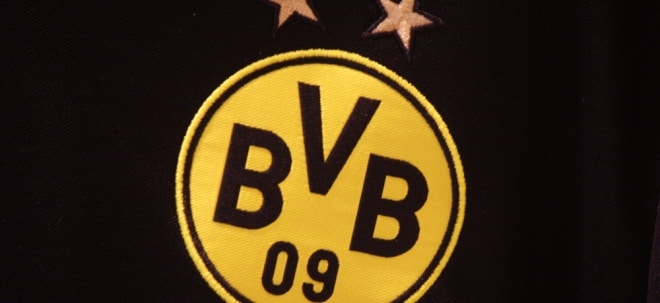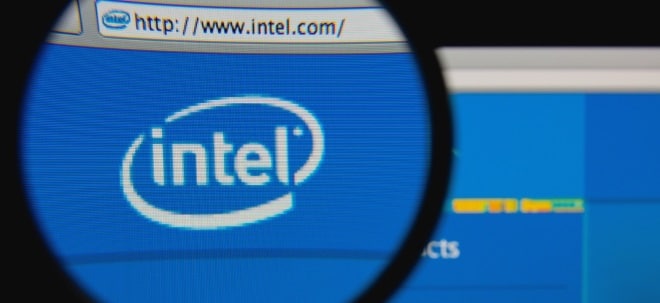Welcome [Sign In] To track stocks & more, Register
Financial News
Enter symbol(s) BasicPerformanceReal-time MktDetailedChartResearchOptionsOrder Book Symbol Lookup
The Wall Street Journal Online
Test-Driving the $99 iPod
Tuesday January 11, 11:20 pm ET
By Walter S. Mossberg Staff Reporter of The Wall Street Journal
At last week's Consumer Electronics Show in Las Vegas, numerous companies were showing off gadgets aimed at dethroning the most successful electronics product of the past couple of years: Apple Computer's iPod portable digital music player. Many hoped to challenge Apple by offering smaller, lighter and less costly players than the company's lowest priced and littlest iPod model, the $249 iPod Mini.
But yesterday, at the annual MacWorld exposition in San Francisco, Apple rolled out a new addition to the iPod line that will make that task much harder. It's a tiny $99 music player called the iPod Shuffle that Apple hopes will tempt millions of lower-budget music fans to join the iPod legions when it hits store shelves later this month.
The new iPod model, which looks like a white pack of chewing gum, holds just a fraction of the songs the larger iPods can store. And it doesn't have a screen to tell you what song is playing or to allow you to navigate to a particular track. But Apple is trying to make a virtue of those limitations by promoting the new player as a way to carry a frequently changed selection of tunes you know well and to play them in random, or "shuffle" mode -- hence the product's name.
I've been testing the new iPod Shuffle for a couple of days, and, in my tests, it fulfilled -- and even exceeded -- Apple's claims for convenience, battery life and song capacity. Sound quality is so good you can barely believe the music is coming from something so small.
To get to the magic $99 price, which undercuts its major competitors, Apple has had to strip down this model so severely that it barely resembles a traditional iPod. The Shuffle lacks the iPod's two most distinctive physical features -- the screen and the famous iPod scroll wheel. The only features that mark the Shuffle as an iPod are the Apple logo and iPod name on the back, and the familiar white iPod ear buds. So the question is whether consumers will consider it a "real" iPod.
But Apple believes the low price, and its formidable marketing muscle, could well make this model another iPod hit, especially with kids and their parents for whom $249 was too much to pay.
You control the player using a five-way button pad that is circular in layout, but doesn't turn or scroll. It contains a big round play/pause button surrounded by smaller buttons for going to the next and previous track, and adjusting volume up and down. Various colored lights tell you whether the device is on play or pause, and the status of the battery.
Like the bigger iPods, the new model works with Apple's excellent iTunes software and the iTunes Music Store. A new "Autofill" feature in iTunes loads up the iPod Shuffle with exactly the right amount of music, randomly -- though you can also manually select the songs to be loaded.
The Shuffle uses cheaper, lower-capacity "flash" memory chips to store the music, instead of the small hard disk drives used by the other iPods. This puts it in direct competition with scores of other so-called flash players. But, belying its high-priced reputation, Apple has actually undercut the market.
The $99 iPod Shuffle comes with 512 megabytes of memory, which Apple estimates can hold 120 songs. Its price is well below what other name-brand flash music players with 512 megabytes cost. Models from Creative Labs, iRiver, SanDisk, Philips and others cost from $120 to $200 -- though all have screens and some other features the iPod Shuffle lacks.
A $149 model of the new iPod will also be available with twice the memory, or one gigabyte, which has an estimated capacity of 240 songs. That is also well below the price of competing players. Both models are also smaller than most other flash players, and both have rechargeable batteries, instead of the disposable ones most flash players use; the cost of disposable batteries can add up over time.
In my tests, the iPod Shuffle performed well, exceeding Apple's claims.
Apple puts the new player's battery life at 12 hours on a single charge. But, in my testing, it did much better than that, lasting 15 hours and 44 minutes.
Similarly, I found that the iPod Shuffle could hold many more songs than Apple claims. By choosing manual mode to load the player, I was able to cram as many as 188 songs onto my 512-megabyte test model, rather than the 120 Apple claims, without reducing the audio quality of the songs. That's because Apple's calculation is based on four-minute songs, but many pop and rock tunes, especially those from the '60s and '70s, are actually much shorter than that.
Even when I used the random Autofill mode to load my test player, I always got 130 to 150 songs, mainly because my library skews heavily toward artists like the Beatles, Beach Boys, James Taylor and Motown artists, whose songs rarely last four minutes.
If you have any room left over after loading your songs, you can use the Shuffle to store other files.
Like some other flash players, the new iPod doesn't require a cable to connect to a computer. Pulling a small white cap off the end reveals a built-in USB connector which plugs right into a computer. Unlike most flash players, however, this same USB connector recharges the iPod Shuffle, from the computer. The player doesn't come with a wall charger, though one will be available as a $29 extra.
A simple three-way switch on the back turns the new iPod off, or puts it into the default shuffle mode, which plays its contents randomly, or into a linear mode where the songs are played in order.
In addition to the wall charger, Apple will offer four other $29 accessories for the iPod Shuffle: an armband; a clear plastic case; a snap-on battery pack for extra playing time; and a desktop dock that attaches to the iPod Shuffle.
A sixth accessory, a white lanyard that snaps onto the iPod Shuffle so it can be hung around the neck, comes free in the box.
I can understand the allure of shuffle play, and of carrying around just a subset of your music. I most frequently use my larger iPods on Shuffle mode. And, like most people, I play favorite songs more often than others, even though my whole music collection is loaded on my bigger iPod.
But, the lack of a screen on the Shuffle would bug me, personally. I really enjoy seeing the song information while I play music. It's one of the big advantages digital music players have over playing CDs. Of course, joggers and others who listen to music while they work out won't miss the screen, because they are rarely in a position to watch it, and the fact that the Shuffle is small and lacks a delicate hard disk will make exercising with it appealing.
There are a few design downsides to the iPod Shuffle. The lack of a screen means you can't use playlists of collected songs on it, because you have no way to select such a list. For many people, play lists are a key part of the iPod experience.
The Shuffle also lacks many of the extra features of the bigger iPods, such as various equalization settings for music playback, and the ability to display calendar and contact information.
And I found the three-way mode button on the back difficult to move. I was forced to press it so tightly that I often tripped the playback controls on the other side.
Still, this is a good product that will enlarge the iPod's appeal, especially with kids, people on low budgets, or people who work out. I imagine some existing iPod owners will also buy Shuffles as sort of add-on players. And the iPod juggernaut will roll on.
|


 Thread abonnieren
Thread abonnieren


&a=865985&b=0&banner_ref=HASH(0xa677bbc)&zeitraum=5&ind_volume=ON&zeitbis=&bname=&bis=1106916848.06455&cookies=HASH(0xa6691cc)&req_host=www.ariva.de&zeitvon=&von=0&ind_gd38=ON)